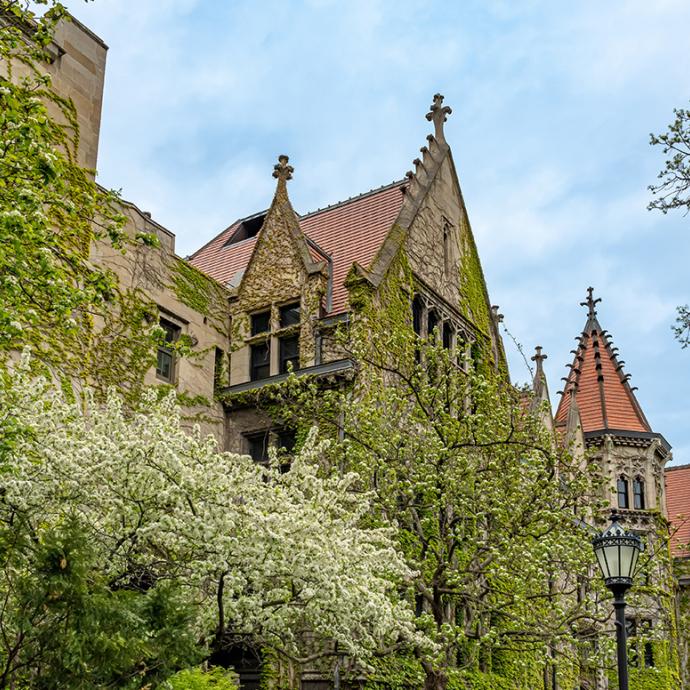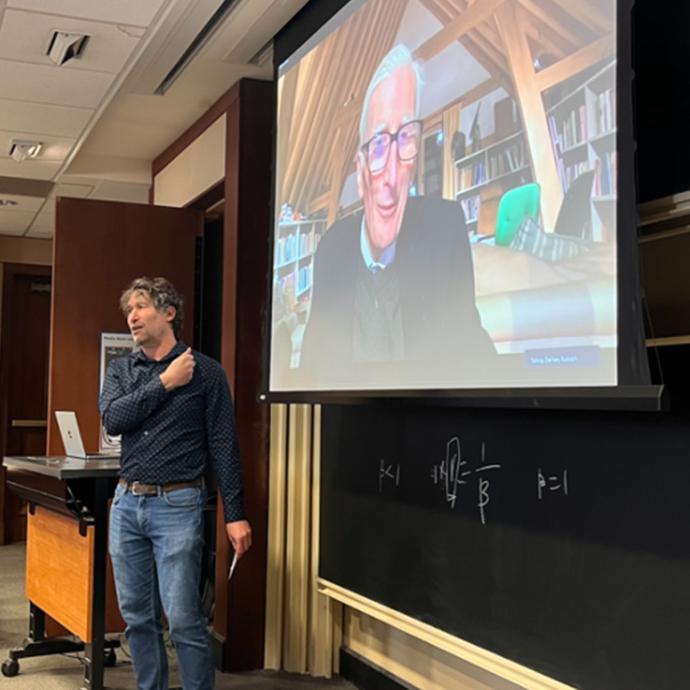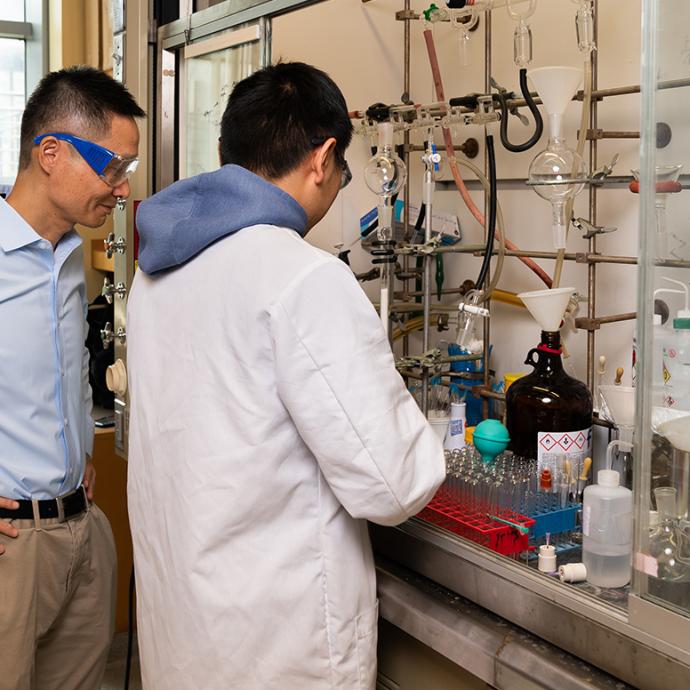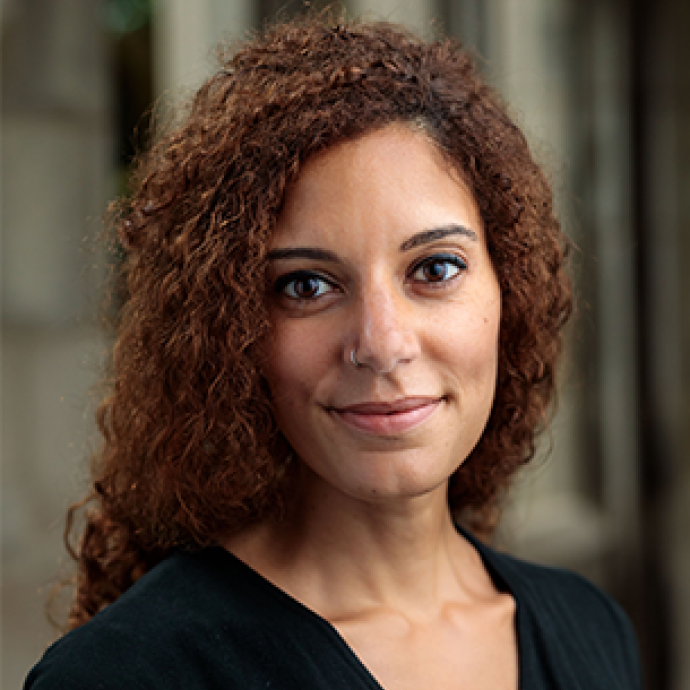Of the estimated 4 billion people currently living in urban areas worldwide, perhaps as many as a billion reside in slums. As urbanization picks up, cities around the world have struggled to keep up with the conditions of about a million unplanned settlements, which typically form and grow without enough space for streets, public spaces or sanitation networks.
A study published Aug. 29 in Science Advances identifies the general properties of street networks in cities in order to develop the most efficient ways to build roads and water, gas and sanitation infrastructure in existing slums to quickly improve the quality of life for critically underserved residents. The model, which accommodates local preferences from communities and their local governments, is already being applied in neighborhoods in Cape Town, South Africa.
Researchers at the University of Chicago, Oak Ridge National Laboratory, Sam Houston State University and the Santa Fe Institute analyzed community maps, satellite imagery and municipal data from a dozen cities around the world to create a general new tool for urban planning. This tool allows local organizations to change the layout of underserved urban neighborhoods in order to improve access to resources with minimum disruption and cost.
“For me, this research was an opportunity to analyze cities from a new and exciting mathematical perspective,” said lead author Christa Brelsford, an Oak Ridge National Laboratory Liane Russell Fellow. “By putting more powerful tools in the hands of local organizations and residents proposing infrastructure solutions becomes much easier, empowering residents to make critical decisions about their own development.”
“The key to this breakthrough was searching for mathematical relationships between buildings and street networks that were universal, in the sense that they apply to every city. These have to reflect the reality that all cities are different; some are regular grids, others more curvy,” said leading coauthor Luís Bettencourt, Pritzker Director of the Mansueto Institute for Urban Innovation at the University of Chicago. “By achieving such a mathematical description, we could take maps and see precisely what infrastructure informal settlements lack, and where it is needed in the most minimal but sufficient way.”
Bettencourt has been working for years on mapping the physical spaces of unplanned settlements with Slum Dwellers International, a network of nonprofits and local governments around the world. Over the past decade, a consensus is emerging that the best way to serve residents is not to raze slums and relocate populations, but whenever possible to gradually integrate space for streets, electricity, and water and sewer lines into existing settlements. The goal of Brelsford, Bettencourt and collaborators is to develop new knowledge and mathematical methods to create innovative urban planning tools that find the most efficient ways to undergo this process, called “reblocking.”
Members of Slum Dwellers International in Cape Town are already working with the model, with plans for Mumbai and Nairobi.
“It is by creating new fundamental urban science that we can get closer to understanding the essence of the human condition in cities,” Bettencourt said. “New ideas, based on observing and analyzing what actually happens in cities, have a tremendous power to create transformative solutions that enable the lives of billions of people worldwide.”
“New mapping technologies are revealing developing cities like we have never seen them before: With this work we have taken the next step and started to imagine how we can—with minimal interference and costs—not only help create new kinds of people-centric, rigorous urban planning solutions, but also allow cities to develop sustainably, while retaining their history and character,” Bettencourt said.
Although underserved communities are the first application, the researchers said their algorithms provide mathematical ways of describing all cities.
Coauthors included Taylor Martin of Sam Houston State University and Joe Hand of the Santa Fe Institute.
Citation: “Towards Cities without Slums: Topology and the Spatial Evolution of Neighborhoods.” C. Brelsford el al., Science Advances, August 2018. DOI: 10.1126/sciadv.aar4644
Funding: Bill & Melinda Gates Foundation, Oak Ridge National Laboratory, MacArthur Foundation, Army Research Office.










 —Prof. Chuan He
—Prof. Chuan He
